1. The Rolling Stones’ Altamont Free Concert (1969)
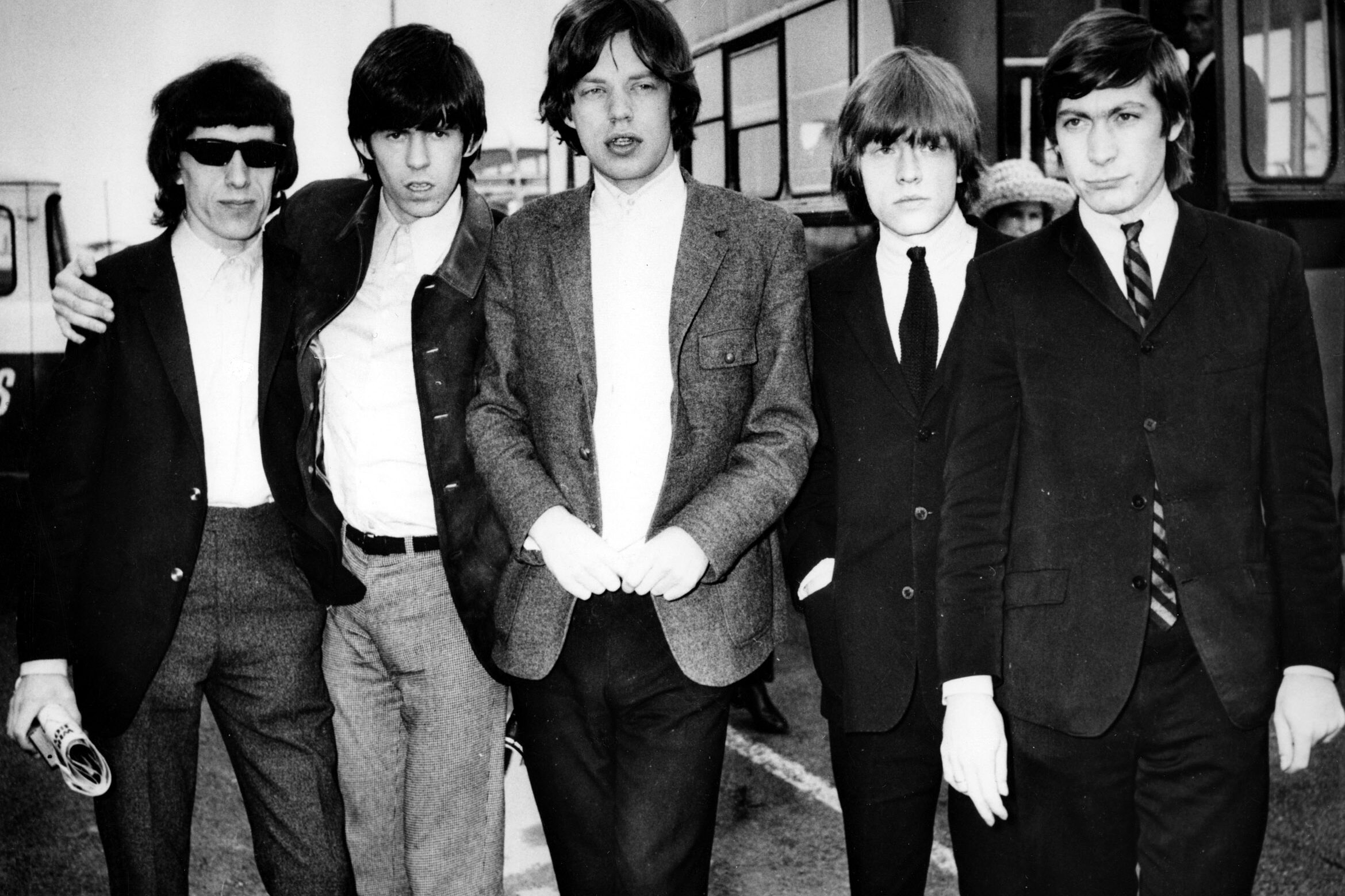
When The Rolling Stones took the stage at the Altamont Free Concert, they probably didn’t foresee the chaos about to unfold. What was supposed to be a peaceful, countercultural gathering took a dark turn when violence broke out, culminating in the tragic death of Meredith Hunter. The incident, captured in the documentary Gimme Shelter, left the public stunned. The event was a shocking moment that exposed the darker side of the ’60s counterculture, often seen as a time of peace and love shares ReMIND Magazine.
The violent atmosphere at Altamont was in stark contrast to the Woodstock vibe just a few months earlier. The Hells Angels, hired as security, played a significant role in escalating the tension. The fact that a concert meant to unite people ended in bloodshed turned the music world upside down. The tragic event marked a turning point for rock and roll, signaling the end of an era for the music scene.
2. John Lennon’s “We’re More Popular Than Jesus” Controversy (1966)

When John Lennon said, “We’re more popular than Jesus,” the world erupted in outrage, especially in the United States. The Beatles were already at the height of their fame, but Lennon’s comment struck a nerve with religious groups. The backlash was swift, with records being burned and protests happening across the country. People accused him of blasphemy, and it sparked widespread criticism from all corners of society says Gold Radio.
Lennon later clarified that he was speaking about the band’s popularity, not comparing themselves to Jesus in any spiritual sense. Nonetheless, the damage was done. The controversy highlighted the tension between the rising cultural revolution and traditional values, contributing to the idea that rock stars were no longer just entertainers but social influencers. It’s a moment that defined the turbulent intersection of music and public opinion in the ’60s.
3. The Doors’ Miami Concert (1969)
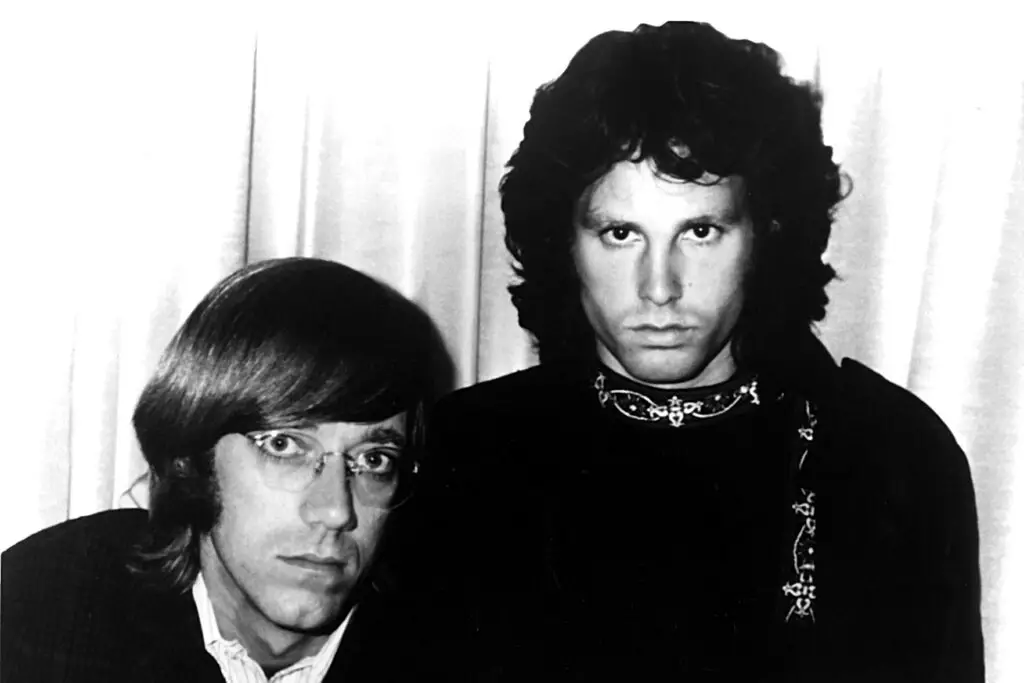
Jim Morrison’s infamous arrest in Miami in 1969 shocked both fans and authorities. The Doors were performing on stage when Morrison allegedly exposed himself, leading to his arrest for indecent exposure and lewd behavior. The incident sparked a nationwide moral panic and led to debates about censorship, artistic expression, and the limits of rock and roll. For many, Morrison’s actions represented the chaos and rebellion that rock music had come to symbolize explains NPR.
While some fans saw Morrison’s arrest as a bold stand for artistic freedom, others condemned it as irresponsible. The Miami concert scandal created an uproar, and Morrison’s reputation took a hit. It also made headlines as the rock star who had previously been seen as a poetic icon was suddenly viewed as a symbol of everything parents feared about the youth revolution. It also led to increased scrutiny on rock stars and their behavior.
4. The Who’s “Tommy” Album and Its Sexual Overtones (1969)

When The Who released Tommy in 1969, they didn’t just change the concept of rock music—they also caused quite a stir with its controversial themes. The rock opera, which tells the story of a deaf, dumb, and blind boy, was packed with references to sexuality and psychological trauma. At the time, many considered the album’s overt sexual themes to be too provocative for mainstream audiences shares Live for Live Music.
The rock world wasn’t ready for the shockingly raw content of Tommy, which touched on subjects like abuse, trauma, and, of course, the character’s eventual sexual awakening. Critics and audiences alike were polarized. While some saw it as a groundbreaking work of art, others deemed it inappropriate and even dangerous. The album pushed the boundaries of what was considered acceptable in mainstream rock music, and its impact can still be felt in the genre today.
5. Elvis Presley’s “Hound Dog” TV Performance (1956)
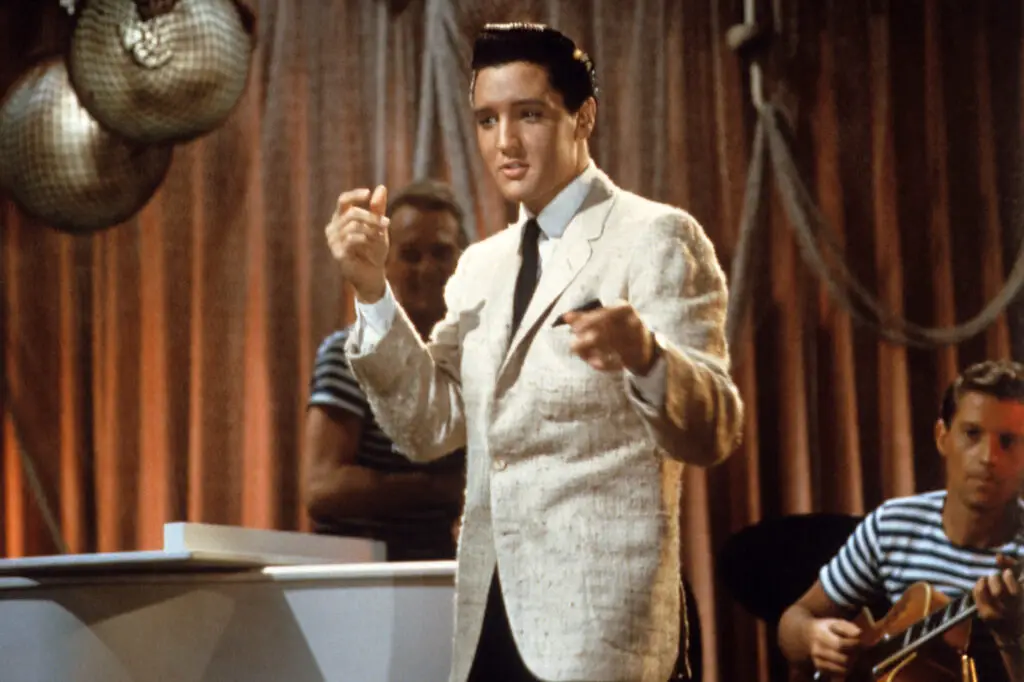
Elvis Presley’s performance of “Hound Dog” on The Milton Berle Show in 1956 sparked a cultural uproar that would shape rock and roll history. His suggestive gyrating and rebellious energy left many viewers shocked, especially conservative audiences who viewed his movements as immoral and scandalous. The moment was a critical point in the way rock and roll was perceived by the public—what was once considered harmless fun was now a symbol of rebellion admits Graceland.
The public’s reaction to Elvis was intense. He was condemned by parents and religious leaders, some of whom believed his style of music was corrupting the youth. Despite the criticism, his popularity soared, and he became an icon of the rock era. Presley’s “Hound Dog” performance marked a clear divide between generations and paved the way for rock’s cultural dominance.
6. Bob Dylan Goes Electric at Newport (1965)
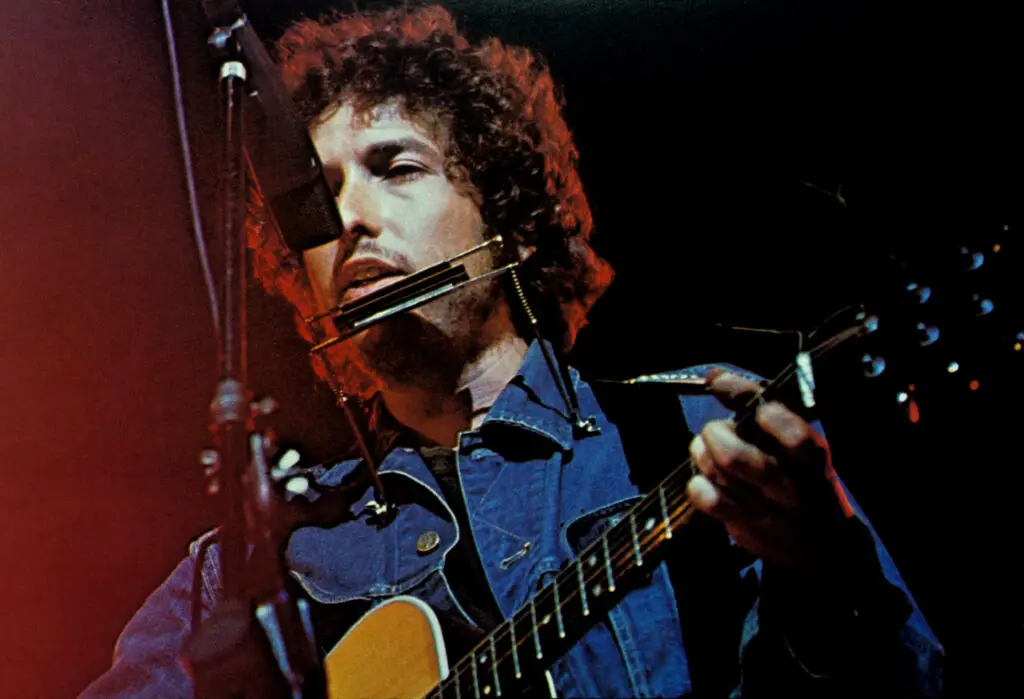
Bob Dylan’s decision to go electric at the Newport Folk Festival in 1965 marked a pivotal moment in the evolution of rock music. The audience, expecting the familiar sound of his acoustic folk songs, was stunned when Dylan took the stage with an electric band. His new sound was met with boos and heckling, with some folk purists accusing him of selling out. For many, Dylan’s electric performance was a betrayal of the folk music movement that had embraced him.
Dylan, however, was determined to evolve musically, and his decision to go electric proved to be one of the most influential moments in rock history. It was a moment that shattered the boundaries between folk and rock, helping to create a new era of music. Dylan’s bold move showed that rock musicians weren’t afraid to experiment and break from tradition, forever changing the landscape of modern music.
7. David Bowie’s “Ziggy Stardust” and Gender Fluidity (1972)
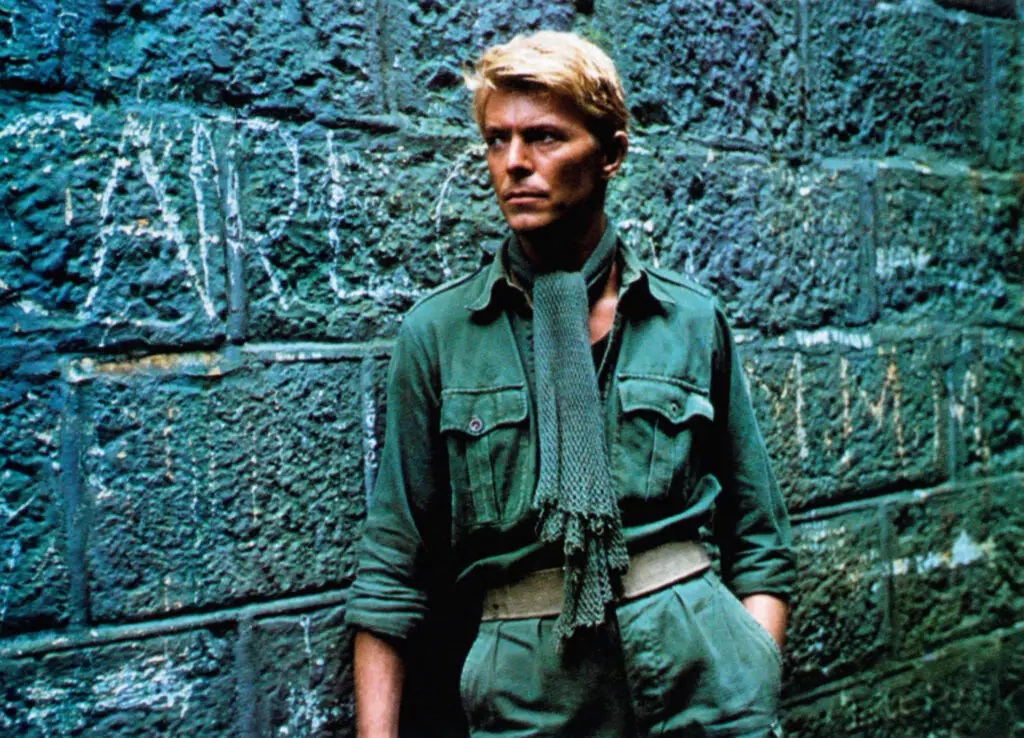
David Bowie’s introduction of his alter ego Ziggy Stardust in 1972 was a moment that shocked and excited the world. Ziggy, an androgynous rock star from outer space, challenged traditional gender norms and pushed the boundaries of both music and fashion. His bold expression of fluidity in both gender and sexuality was groundbreaking at the time and sparked outrage among conservative audiences who weren’t ready for such an open display of self-expression.
Bowie’s glam rock persona not only changed the way rock stars presented themselves but also contributed to the ongoing conversations about gender and identity in popular culture. The backlash was strong, but Bowie was unfazed. His work as Ziggy Stardust paved the way for future artists to explore new forms of self-expression in their music and fashion, making him an icon of the 1970s and beyond.
8. Sex Pistols’ “God Save the Queen” Release (1977)
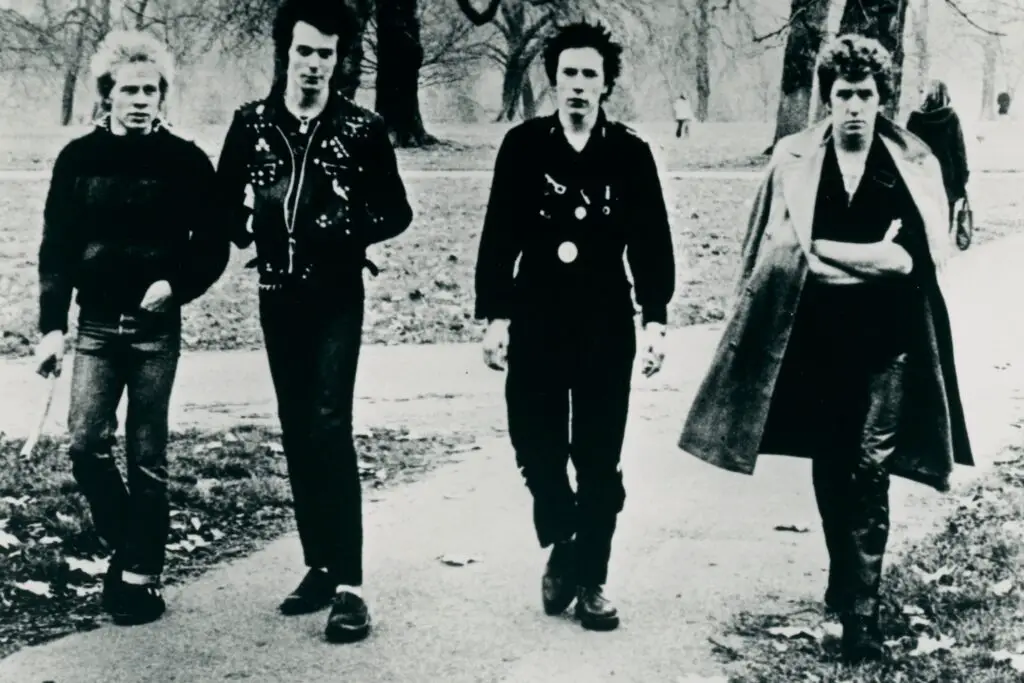
The Sex Pistols’ 1977 single “God Save the Queen” caused an uproar that sent shockwaves through both the music and political landscapes. The punk anthem, which openly mocked the British monarchy, was considered seditious and disrespectful. It was released during Queen Elizabeth II’s Silver Jubilee celebrations, and its lyrics were a direct attack on the royal family, calling them “a fascist regime.”
The controversy surrounding the song was only amplified when it was banned by the BBC and several radio stations, yet it still climbed the charts, cementing the Sex Pistols as symbols of rebellion. The song’s release marked the height of punk’s anti-establishment ethos. The outrage surrounding “God Save the Queen” showed the power of music to challenge authority and push societal boundaries.
9. Madonna’s “Like a Prayer” Music Video (1989)
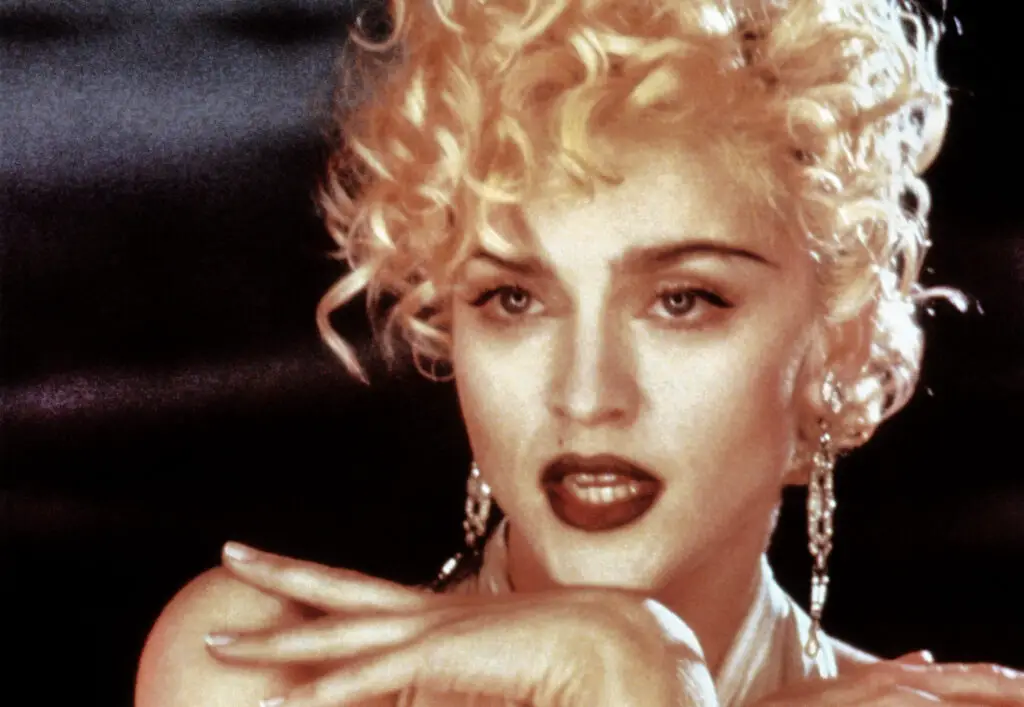
Madonna’s music video for “Like a Prayer” in 1989 stirred controversy due to its use of religious imagery. The video featured scenes of Madonna dancing in front of burning crosses and receiving divine intervention from a black saint, which many interpreted as sacrilegious. Religious groups were outraged, and the Vatican condemned Madonna for her provocative use of Christian symbolism.
Despite the backlash, the song became a massive hit, proving that Madonna’s ability to stir controversy also made her a cultural force. The controversy surrounding “Like a Prayer” raised questions about the role of religion in popular culture and the ways artists could use provocative imagery to challenge societal norms. Madonna’s bold artistic choice forever linked her to the idea of using shock value to drive her message home.
10. Kurt Cobain’s MTV Unplugged Performance (1993)
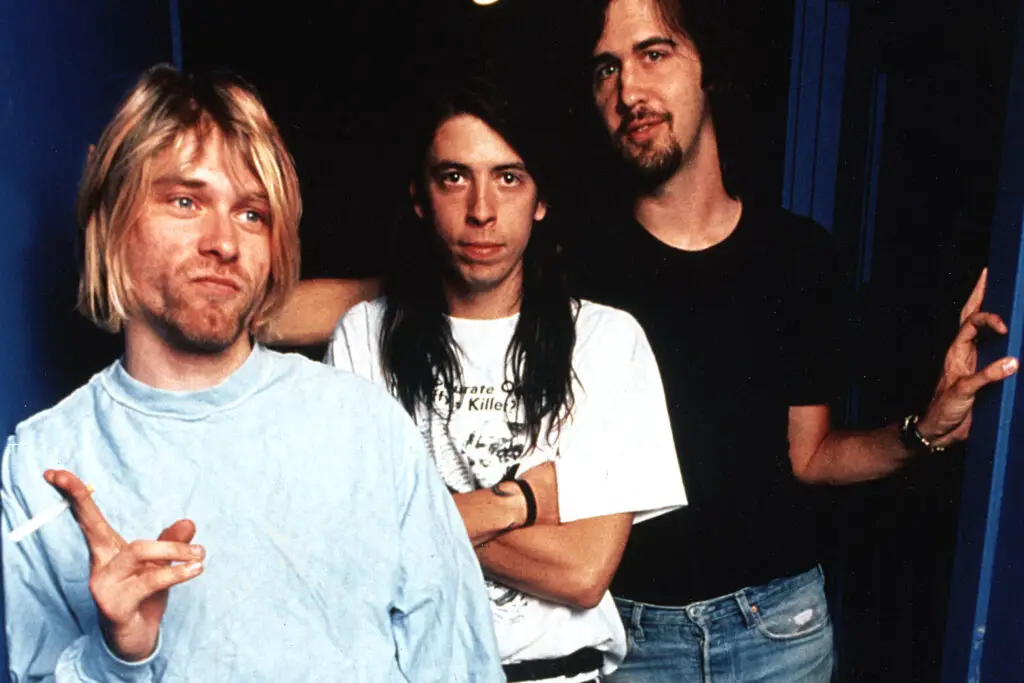
When Kurt Cobain and Nirvana performed on MTV Unplugged in 1993, they did something unexpected—they showed a softer, more vulnerable side. Cobain’s performance, particularly his rendition of “Where Did You Sleep Last Night?” became iconic, but it also sparked a debate about authenticity in the grunge movement. Cobain’s raw emotional expression was seen by some as a break from the typical rebellious, nihilistic persona associated with grunge.
Many fans of Nirvana had never seen Cobain so exposed, and some felt betrayed by the more intimate, acoustic setting. The performance, however, became a symbol of Cobain’s willingness to be real with his audience, showing that rock music could be both raw and vulnerable. Cobain’s Unplugged performance became a landmark in the evolution of alternative music, reflecting the deeper emotional layers that would define the genre.
11. The Beatles’ “Butcher Cover” (1966)
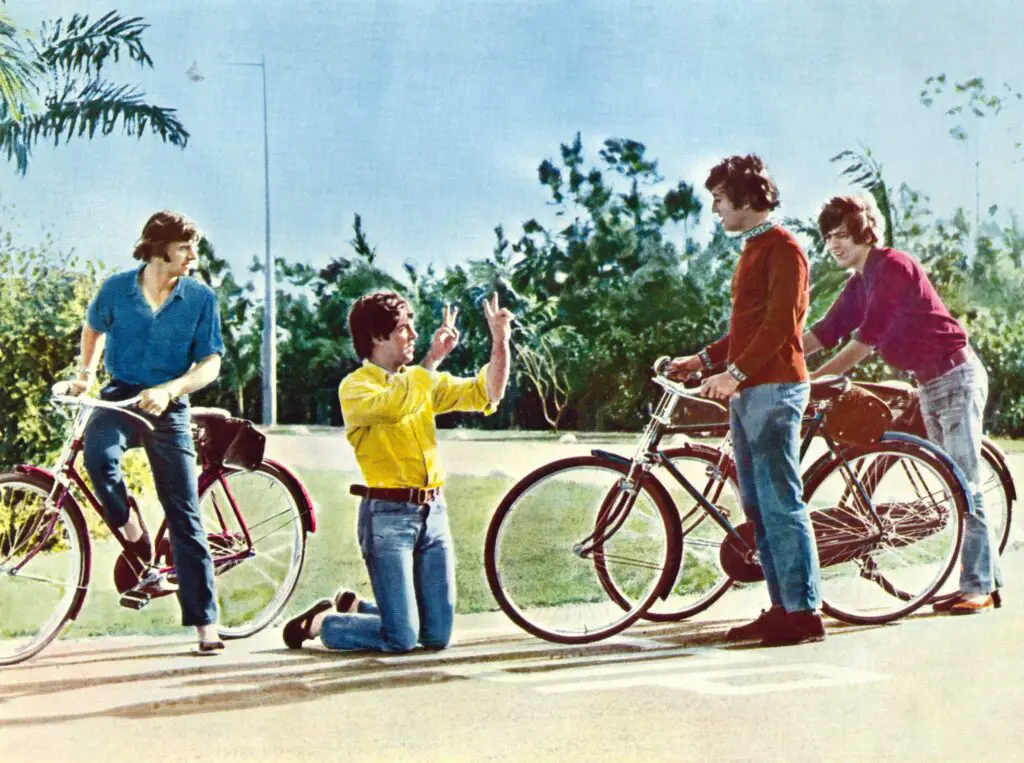
The Beatles’ 1966 album Yesterday and Today became infamous due to its original cover art, which depicted the band dressed in butcher smocks and surrounded by decapitated dolls and raw meat. The image was intended to be an artistic statement, but it was met with immediate outrage, especially in the U.S. The cover was seen as grotesque, disturbing, and even immoral by many, sparking a wave of controversy.
The backlash was so intense that Capitol Records quickly recalled the album and replaced the cover with a more conventional shot of the band. Despite the cover’s brief life, it became one of the most talked-about images in rock history. The incident is a reminder of how the Beatles were often at the forefront of pushing boundaries, even when their intentions were misunderstood or controversial.
12. Ozzy Osbourne Bites the Head off a Bat (1982)
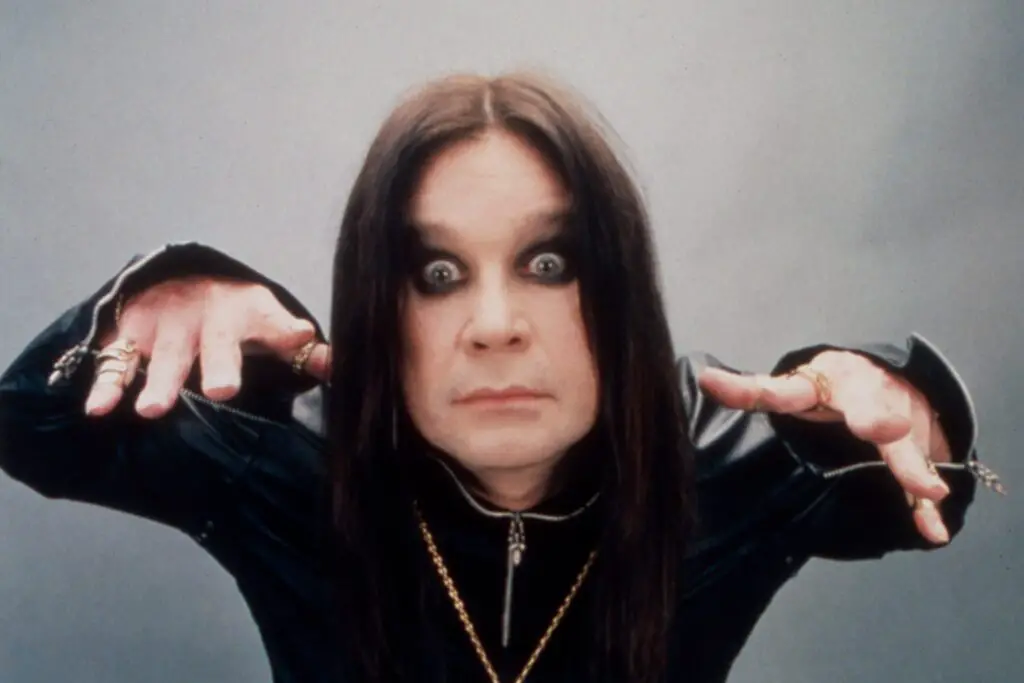
When Ozzy Osbourne bit the head off a bat during a concert in 1982, it cemented his status as the Prince of Darkness and sent shockwaves through the music world. The incident occurred during a live performance in Des Moines, Iowa, when a fan threw a dead bat on stage, and Osbourne, thinking it was a rubber prop, bit into it. The resulting frenzy of animal rights protests, media coverage, and parental outrage was intense.
The bat-biting incident was just one example of the dark and theatrical antics that defined Osbourne’s career. While many fans saw it as a shocking but entertaining stunt, others condemned it as a sign of the dangers of rock music’s excesses. It led to increased scrutiny on rock stars and their behavior, but Osbourne’s career only grew more outrageous, proving that controversy could become a key ingredient in a musician’s persona.
13. The Clash’s “London Calling” Album Cover (1979)

The Clash’s London Calling album cover, which featured bassist Paul Simonon smashing his guitar, was a symbolic act of rebellion in the face of the growing punk rock movement. While it became an iconic image, it was also a shocking moment for many. The act of destroying a guitar, an instrument traditionally associated with rock, was a declaration of anti-establishment sentiment.
For some, the cover represented a rejection of the commercialization of rock music. It’s said that the band was deliberately trying to provoke their audience, making a bold statement about the state of music and society at the time. The clash between punk’s raw energy and rock’s traditional image resonated deeply, and the album became a symbol of both defiance and creativity.
14. The Rolling Stones’ “Sticky Fingers” Album Cover (1971)
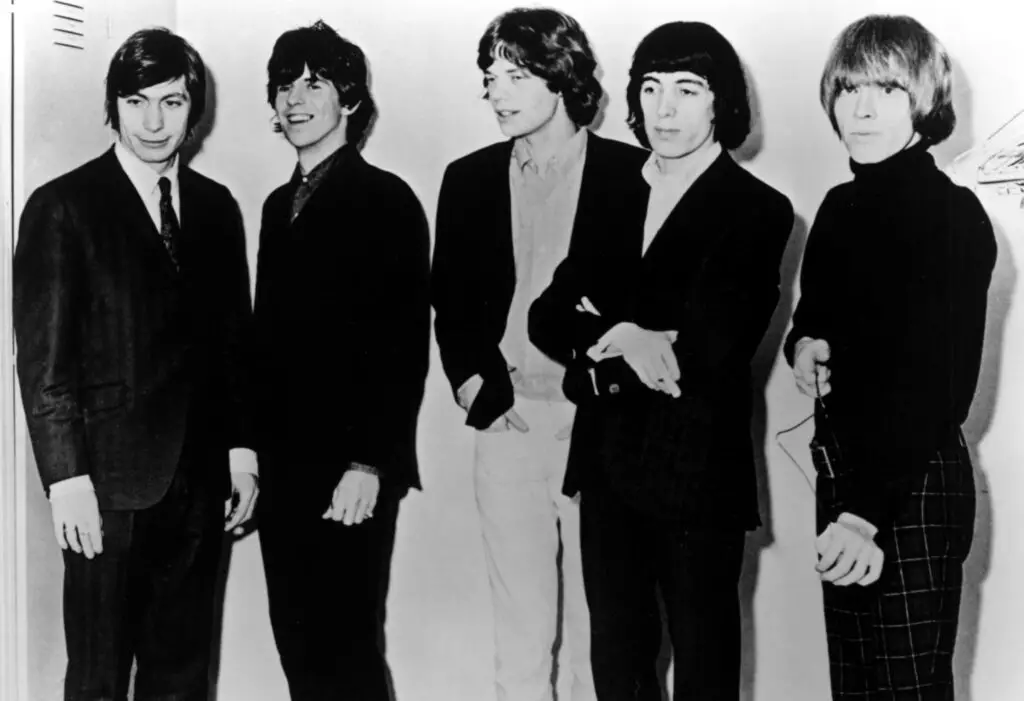
The Rolling Stones’ Sticky Fingers album cover, designed by Andy Warhol, became a point of controversy due to its provocative imagery. The cover featured a close-up of a man’s crotch with a working zipper, and it was considered shockingly bold and sexually suggestive at the time. Many found it in bad taste, while others saw it as a piece of art that reflected the rock and roll lifestyle.
The controversy surrounding the album cover became part of its mystique, and it became one of the most iconic covers in rock history. Warhol’s design perfectly encapsulated the Stones’ approach to music and image—outrageous, boundary-pushing, and unapologetically in-your-face. The cover, and the album itself, would go on to shape rock and roll culture for years to come.
15. Prince’s “Controversy” and the Symbol Era (1990s)
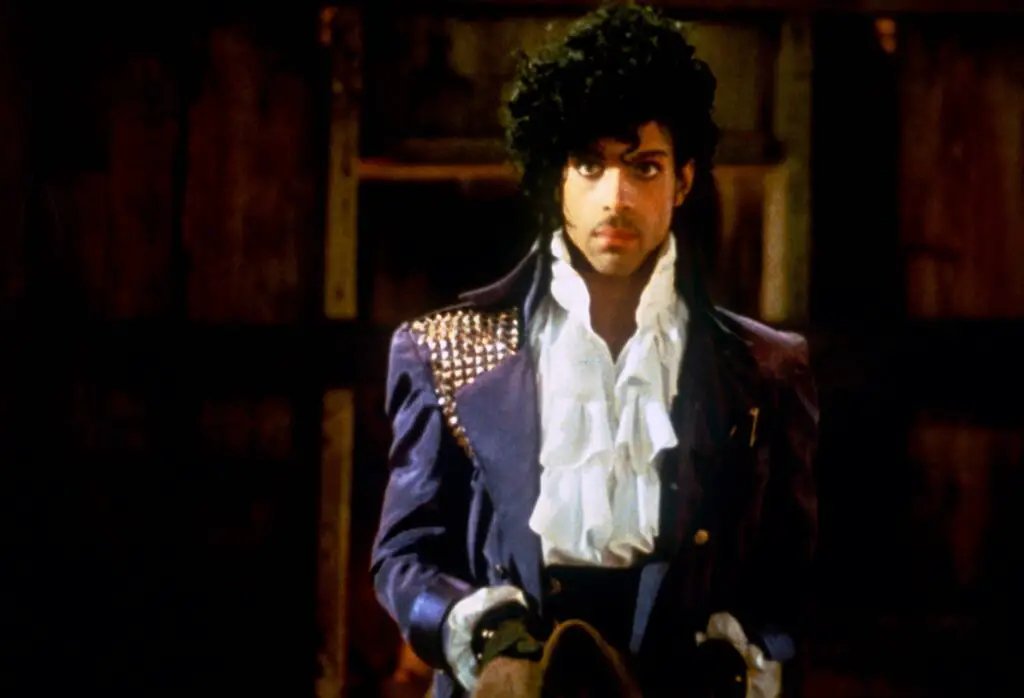
Prince was no stranger to sparking controversy throughout his career, but his use of the unpronounceable symbol in the early ’90s took things to a whole new level. After a dispute with his record label, he changed his name to an unpronounceable glyph, making it nearly impossible for the media to refer to him by name. Fans and critics alike were puzzled by the decision, and it led to widespread confusion about his identity.
While some saw it as a brilliant marketing tactic and a protest against corporate control, others found it alienating. The symbol era became a key point in Prince’s career, showcasing his relentless pursuit of artistic independence. Despite the confusion, Prince’s decision to change his name challenged the norms of celebrity and music industry control, making it one of the most memorable moments in rock history.
